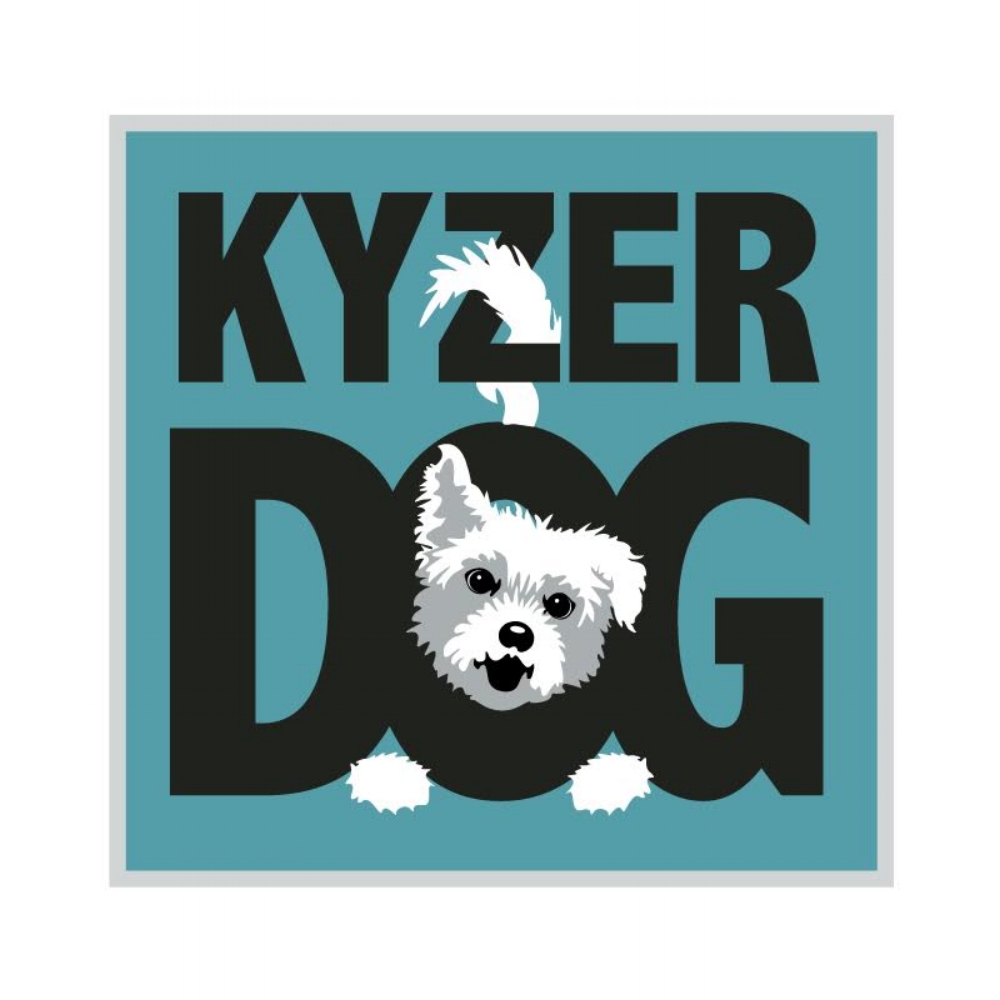Walk the Walk
You have seen them- those folks that walk down the street and their pups are walking perfectly beside them with a loose leash ignoring everything around them. You have likely also seen the person being dragged down the street by their dog sniffing everything, reacting to everything, and pulling their owner down the street. We all wish we could have that first dog!
All of the following are aspects/components that are important to the walk. When you are beginning to walk a puppy or new pup to you, this can be thought of in several parts. Using the proper tools, creating calm, varying the type of walking you are doing, training, and of course, letting your dog smell!
The first part of any walk is choosing the proper tools. I recommend beginning with a quick snap martingale collar that is fit for your pup in a high part of the neck and rather tight. This helps the collar to stay up higher on the throat and helps to relieve any pressure on the windpipe. The martingale also helps to give a little extra cinching action to the neck to remind the pup not to pull. An additional benefit of the martingale is the safety factor - this collar will not come off over a dog’s head (in the case of a dog pulling away from you). I also recommend using a 15-foot training lead to give your pup lots of loose leash and more space to explore and sniff, learning about the environment. You will begin your leash training in a parking lot-sized area.
In the house, as you pick up the leash, collar, treats, and bags, you should remain very calm and help your pup to be calm. Taking deep breaths, stopping movement to calm arousal, and facing your pup blocking the door to go out can all be helpful. Remember when you put your back to an arousing object, you are saying that you trust the distraction and there is no reason to be aroused. Taking deep breaths can help you (and your heart rate) to calm and can be contagious to your pup. Not talking and certainly not asking arousing questions, such as “are you ready for a walk?” Can also help you both to be calmer.
Having your pup complete short and simple commands can be an ongoing part of the walk-in general.
Taking a few seconds often during the walk to complete a command such as sit with the reward of a treat can help your pup get praise and good attention throughout the walk. Any other command - down, wait or stay, focus, and/or a trick that your pup knows, are other examples that your pup can complete as a part of your walk.
The Back and Forth Walk is another part of the walk. During this phase, your pup will get some extra energy out - you will be using a 15-foot training lead, learn to follow and pay attention to you on a walk, learn the line of your body and not to pass it, and learn the position of heel.
Smelling and investigating the environment is another crucial part of the walk. Dogs are constantly learning about their environment through their noses and are an important aspect of their needs being fulfilled. A dog should learn mostly through their nose and should be allowed to have access to the new smells to stimulate their senses. Remember a dog can smell 40 times greater than humans - odors at concentrations of part per trillion!
Another important aspect of the walk can be training your dog to come and practice their recall. As a trainer for almost 20 years, I have found that the come command is one of the most complained about and one of the most under practiced commands. One of the main reasons that folks are not successful with come is that they practice at lower levels with minimal distractions, if at all, and expect their pup to come at the highest levels with the highest distractions. There are many ways to practice come, however on a long leash on a walk, the easiest is to allow your pup - perhaps while smelling something interesting - move away from the length of the leash and call them to come.
Some other suggestions are to use a high fun voice, low body, and use lots of funny high-pitched noises.
The length of the walk will depend on your pup’s age, stamina, and ability.

